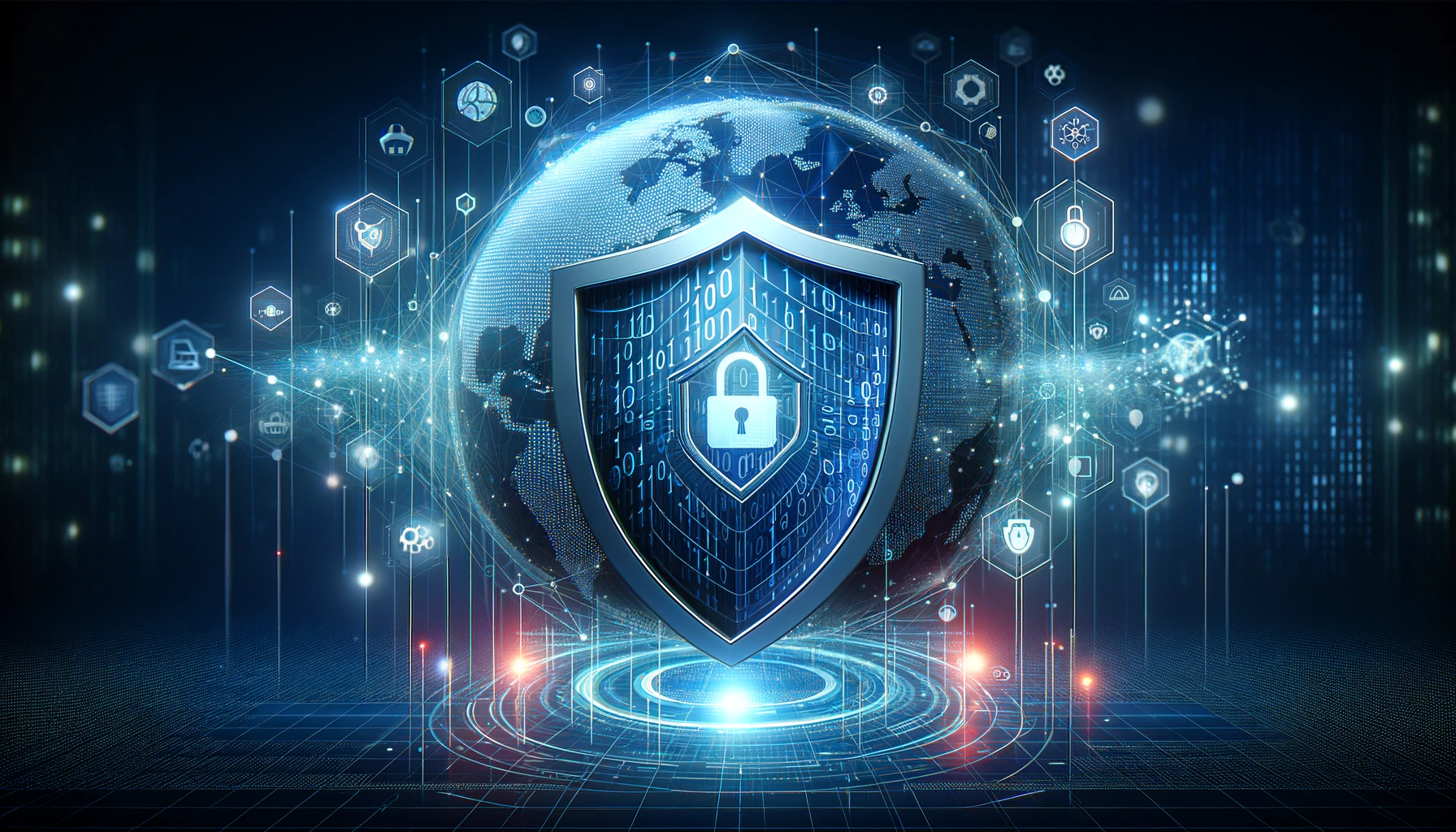
When leading cybersecurity programs, faced with dynamic threats and complex risk scenarios, organizations must continually strengthen their defenses against potential breaches. A critical strategy in achieving a solid cybersecurity posture is the adoption of Objectives and Key Results (OKRs). This strategic framework, time-tested and effective, has become increasingly popular in the cybersecurity world for its ability to bring focus, clarity, and alignment to an organization's security initiatives.
This is a post that I've wanted to share for quite some time. It explores the significant role of OKRs in establishing, implementing, and sustaining mature cybersecurity programs.
Creating measurable objectives and clearly defining successful key results are instrumental in shaping new programs into durable, long-lasting endeavors for your organization.
Let's break down how to apply them from a high level.
Setting Clear Objectives for Cybersecurity
Defining Clear Goals: The first step in leveraging OKRs is to establish clear, ambitious, and actionable objectives for your cybersecurity program. These objectives should align with the broader goals of the organization and address specific security needs. For instance, an objective could be to reduce system vulnerabilities by a certain percentage within a quarter.
Measurable and Time-Bound: Each objective should be accompanied by key results – these are measurable outcomes that indicate progress towards the objective. For example, implementing a new intrusion detection system or completing a series of employee training sessions on phishing attacks.
Aligning Teams and Resources
Cross-Functional Collaboration: Cybersecurity is not just the responsibility of the IT department. It involves various functions across an organization. OKRs facilitate cross-functional collaboration by aligning the efforts of different teams towards common security goals.
Resource Allocation: By setting clear objectives, organizations can more effectively allocate resources – be it budget, manpower, or technology – towards the most critical areas of their cybersecurity programs.
Enhancing Accountability and Transparency
Tracking Progress: Regularly reviewing key results helps in keeping track of progress and identifying areas that need more attention. This ongoing assessment is crucial in a landscape where threats and vulnerabilities can change rapidly.
Building a Culture of Security: OKRs contribute to developing a security-first mindset across the organization. When employees at all levels are involved in achieving security objectives, it fosters a culture where cybersecurity is a shared responsibility.
Adapting to Evolving Threats
Flexibility and Responsiveness: The OKR framework is inherently adaptable. As new threats emerge, objectives and key results can be revised to address these challenges, ensuring that the cybersecurity strategy remains relevant and effective.
Innovative Thinking: Encouraging teams to set ambitious objectives can lead to innovative solutions in tackling complex cybersecurity challenges.
Long-Term Benefits
Sustainable Security Practices: The consistent use of OKRs in cybersecurity programs promotes the development of sustainable security practices that evolve with the organization and its changing risk landscape.
Building Maturity: Over time, the continuous improvement driven by OKRs leads to a more mature cybersecurity posture, enhancing an organization’s resilience against cyber threats.
In conclusion, integrating OKRs into cybersecurity programs is not just about setting goals and measuring outcomes. It's about fostering a culture of continuous improvement, alignment, and accountability. As threats evolve, so must our strategies to combat them, and OKRs offer a dynamic framework to ensure that cybersecurity efforts are always ahead of the curve. By embracing OKRs, organizations can not only protect themselves against current threats but also build a robust foundation for tackling future challenges in the most efficient and effective ways.
